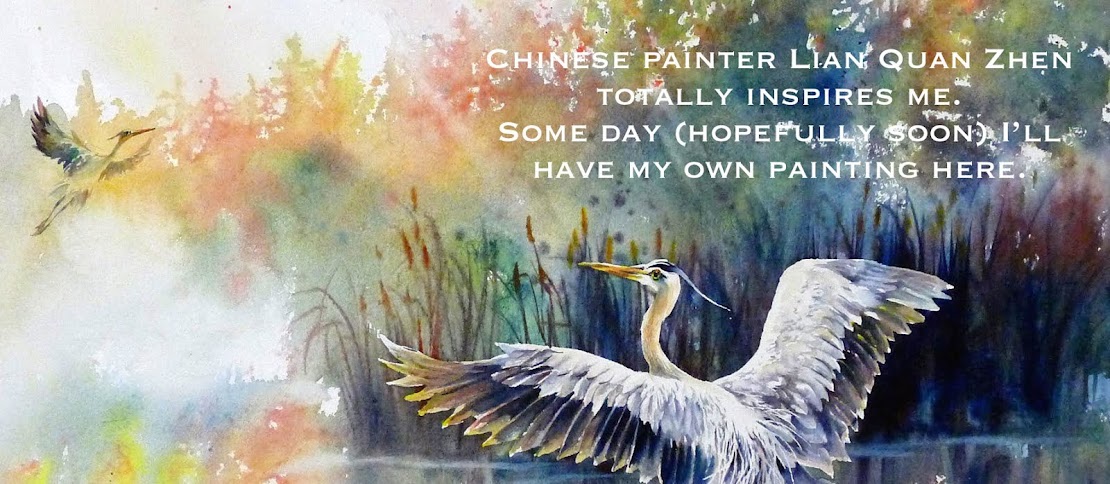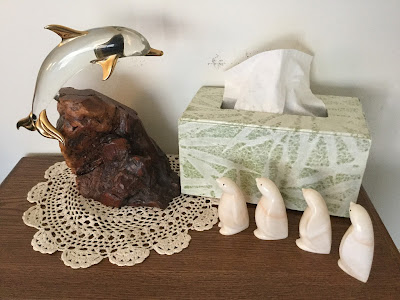Other than an intro to Korean watercolor a year ago (an art exploration that absolutely sold me on watercolor painting) these watercolors are my first attempts at the art. Since that intro, I've watched a few watercolor YouTube clips and wow have I been inspired! Just needed a vacation with some time to put my new interest into action.
I was trying to teach mom some basics of watercolor and since she's in love with her Birds & Bloom magazine, we referenced that for ideas. Watercolors done on 4"x6" tablet pad of mixed media paper for marker, pen and ink, and watercolor.
 |
| mixed media - water color and oil-based ink |
 |
| mixed media - water color and oil-based ink |
A friend really liked this baby elephant, to quote her "so sweet". She wanted it to frame but no way is someone getting a three-legged oddly-balanced embarrassment. Made the mom-and-baby elephant pair for her as a consolation, but think she still liked the "sweet" baby better.
Must work on color mixing. Having trouble maintaining cool and warm tertiary colors.
 |
| mixed media - water color and oil-based ink |
Whip-sketched a greeting card for another friend - the background is kind of cool.
 |
| mixed media - water color and oil-based ink |


















